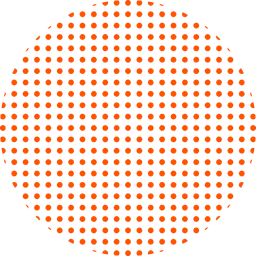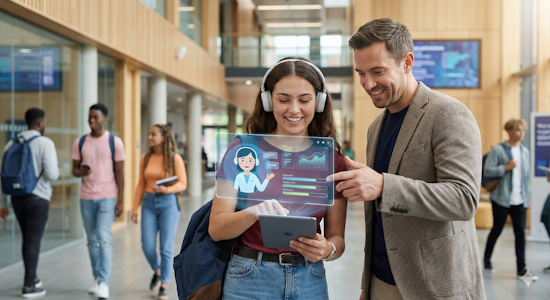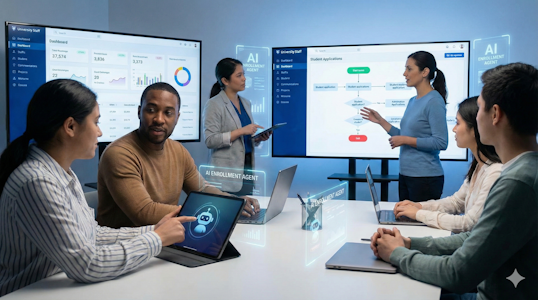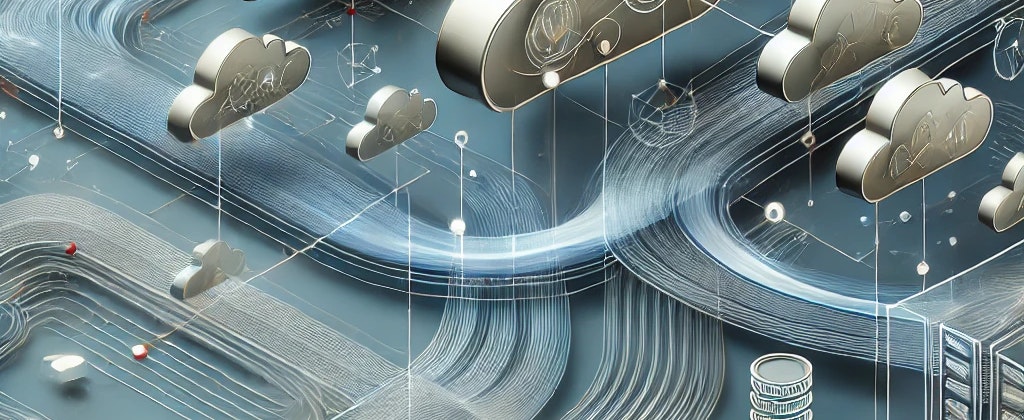New AI Tools, New Rules: A Creative Revolution in Higher Ed
by Ardis Kadiu · Updated Apr 10, 2025

We’re entering a new era of creativity—powered by AI.
Until recently, AI’s role in higher education has centered around efficiency: faster insights, smarter automation, and better targeting. But now, the conversation is shifting. With the release of OpenAI’s new image generation tools, AI is becoming much more than a productivity booster—it’s becoming a true creative partner.
In the latest episode of Generation AI, JC Bonilla and I explore what this shift means for higher education. It’s not just transforming how we work but also redefining who gets to create, design, and tell stories. From real-time image generation to visual personalization at scale, these advancements aren’t just exciting—they’re practical, and they’re here.
This evolution mirrors advancements like Element451's Bolt Agents, which serve as intelligent digital coworkers, enhancing the educational journey through proactive engagement.
The New Creative Frontier in AI
Traditionally, AI has been associated with data analysis and automation. However, recent advancements have ushered in a new era where AI intersects with creativity. OpenAI's latest image generation model exemplifies this shift. Unlike its predecessors, this model engages in an interactive process, allowing users to iteratively refine images through natural language prompts. This capability transforms the creative process, making it more dynamic and accessible.
For instance, I experimented with this model by converting a photograph of my daughter into an anime-style illustration. The AI not only rendered the transformation with remarkable accuracy but also preserved the original context of the image. This experience underscored the model's potential to democratize creative expression, enabling users without formal artistic training to bring their visions to life.
Sora is OpenAI’s video generation model that creates new videos from text, image, or video inputs. And thanks to Sora, we had a little fun with the cover image for this podcast episode — remixing it to turn JC and me into puppets. In fact, Enrollify went all in on the April Fools’ spirit this year, using Sora to generate brand-new, totally unexpected podcast covers across the entire network. It was a playful nod to the power of AI — and a great way to keep our listeners guessing.
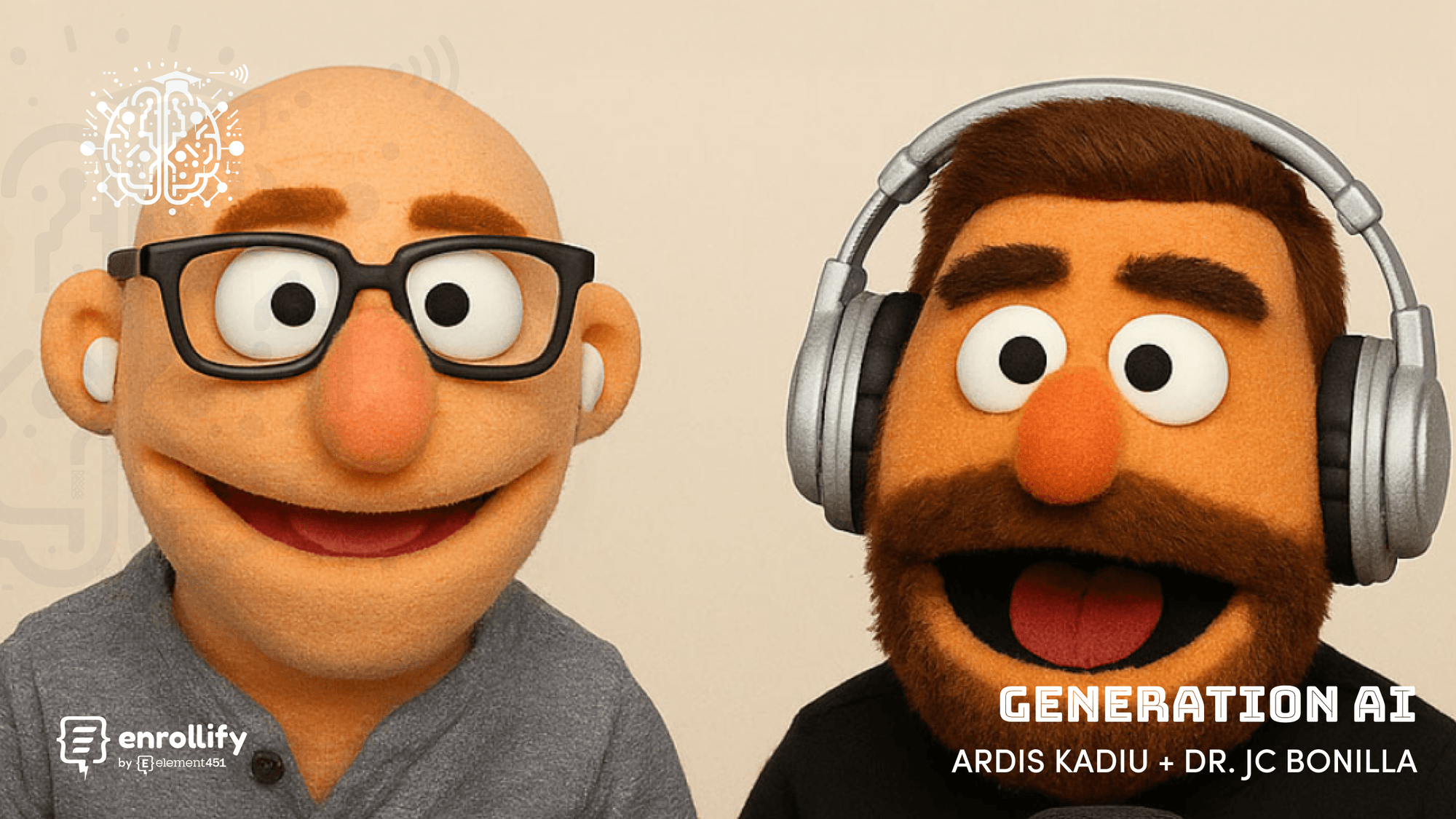
JC and Ardis are transformed into muppets by Sora.
Implications for Higher Education
The integration of such AI tools in higher education can be transformative. Educators can generate customized visual aids tailored to diverse learning styles, enhancing comprehension and engagement. For example, complex scientific concepts can be illustrated through bespoke diagrams created in real time, catering to the specific needs of students.
Dr. Jeffrey Morgan, Associate Provost for Education Innovation & Technology at the University of Houston, shared how math instructors are incorporating generative AI to deepen student understanding and sharpen critical thinking. As part of the coursework, students use image-generation tools like Firefly to visually represent complex mathematical concepts. They then evaluate the accuracy and creativity of the AI-generated content, building visual literacy and communication skills along the way. This approach not only enhances comprehension but also encourages students to take ownership of verifying that the outputs from generative AI are both accurate and unbiased.
Similarly, the University of Texas at Tyler highlights the use of AI tools like Microsoft Designer to generate images from text descriptions, providing dynamic visual aids that make complex subjects more accessible to students. These applications of AI not only foster creativity but also offer personalized learning opportunities, demonstrating the transformative potential of AI in educational settings.
Moreover, in the realm of marketing and communications, institutions can craft personalized and culturally relevant imagery for outreach campaigns. This not only streamlines the content creation process but also fosters a deeper connection with prospective students by reflecting on their identities and experiences.
Embracing Co-Creation with AI
The concept of "vibe coding," as discussed in our podcast, encapsulates this collaborative dynamic between humans and AI. It's about initiating a dialogue with AI, providing feedback, and allowing it to adapt to our preferences. This co-creative process empowers users to shape outcomes actively, rather than passively receiving results.
In educational settings, this means that both faculty and students can engage with AI as a partner in the creative process. Whether it's developing course materials, designing research posters, or creating content for student organizations, AI serves as a facilitator that amplifies human creativity.
Looking Ahead
As we continue to explore and integrate these AI capabilities, it's crucial to approach them with a mindset of curiosity and responsibility. The goal is not to replace human ingenuity but to augment it, opening new avenues for expression and innovation.
At Element451, we're committed to harnessing these advancements to enhance the educational experience. By embracing AI as a collaborative partner, we can unlock new potentials and redefine what's possible in higher education. Want to hear more? Listen to the full episode of Generation AI today.
AI is advancing in other ways too. Don't miss our upcoming webinar on AI agents later this month.
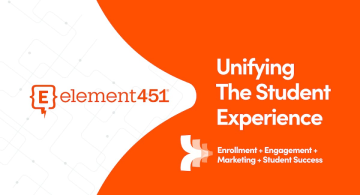
About Element451
Boost enrollment, improve engagement, and support students with an AI workforce built for higher ed. Element451 makes personalization scalable and success repeatable.
Categories
New Blog Posts
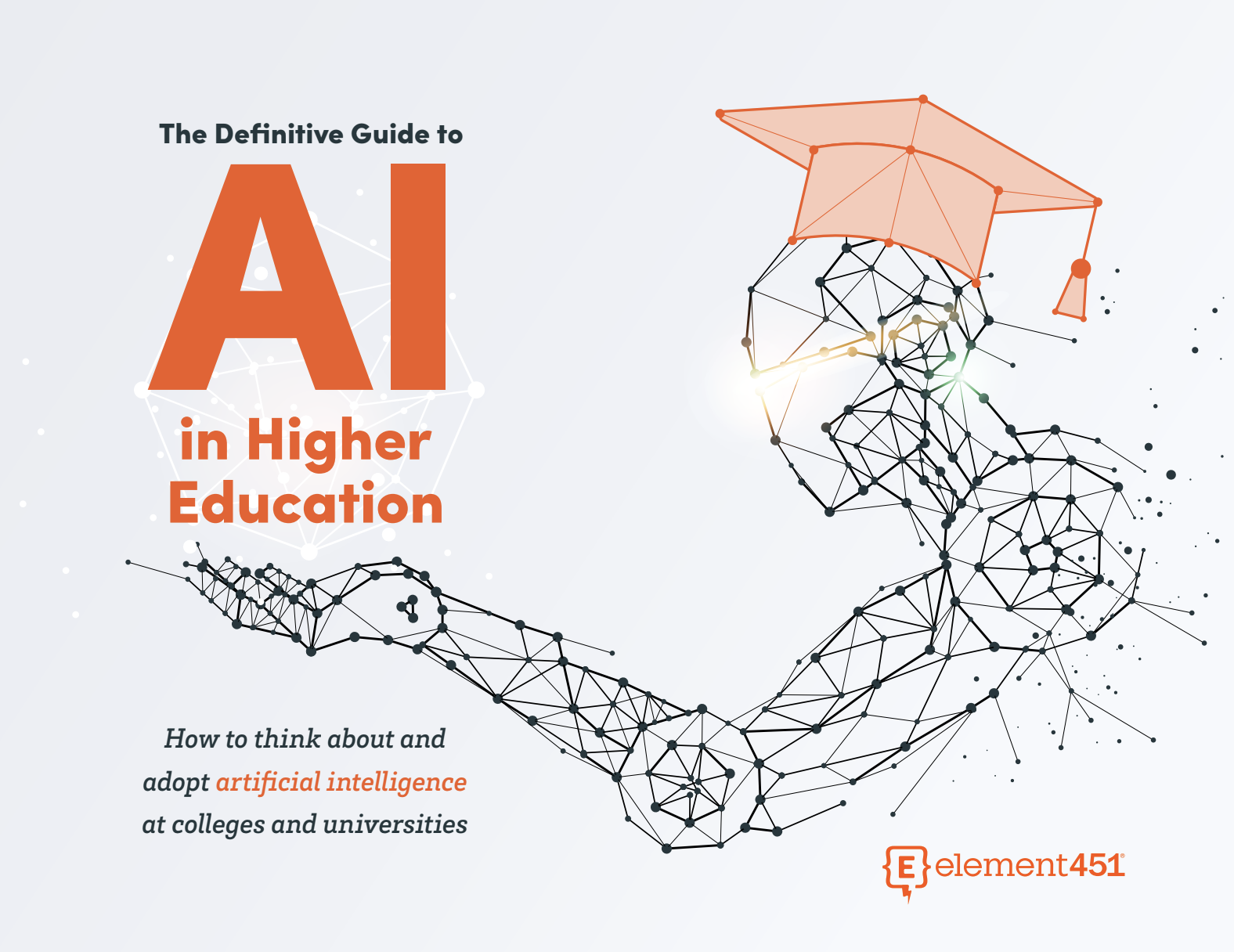
The Definitive Guide
AI in Higher Education
Bridge the gap between the latest tech advancements and your institution's success.
Useful Links
Related Articles

Talk With Us
Element451 is the only AI Workforce Platform for higher education. Our friendly experts are here to help you explore how Element451 can improve outcomes for your school.
Get a Demo
